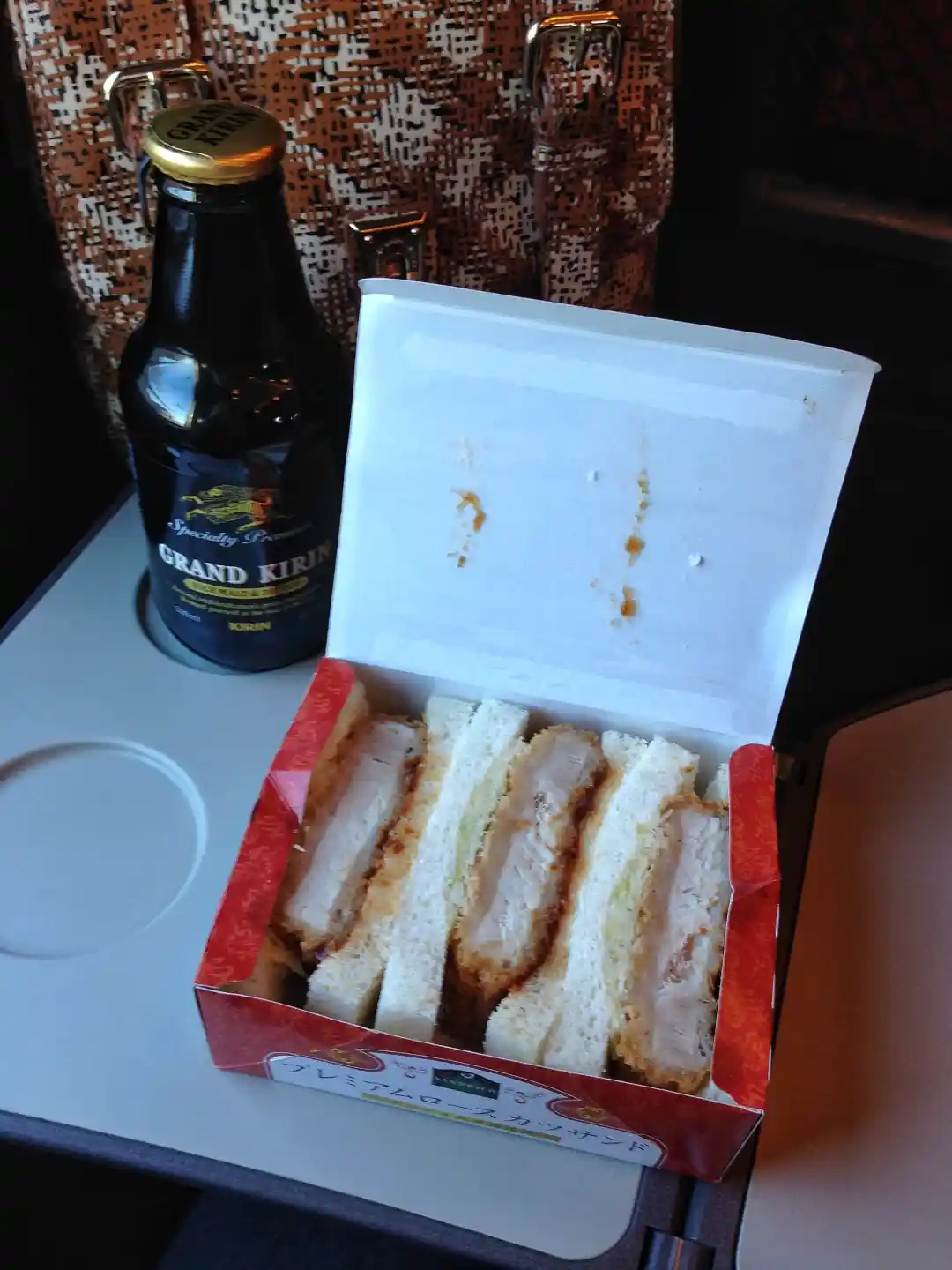
Western Influence, Japanese Popularity.
Today, the katsu sando can be found everywhere in Japan, from convenience stores to train stations to high-end restaurants. Read about the katsu sando history, its origins, and how it became iconically Japanese.
Katsu Sando History & Origins
Katsu sando is short for katsuretsu (cutlet) sandwich. Katsuretsu is any cutlet, while tonkatsu is pork cutlet. In 1899, katsurestu, katsu for short, appeared in menus in Japanese as a local version of schitzel.
In 1935, Tonkatsu Isen, a tonkatsu shop in Ueno, Tokyo offered katsu sando for a specific reason. The owner’s wife saw that female artists such as geishas had difficulty eating while dressed and all made up. So the wife had the idea for a Hirekatsu Sando which were the katsu between sliced bread and cut into smaller bite-sizes. The geishas could now easily eat between performances.
Over the years Isen branched out throughout the country. One branch, Aoyoma Isen changed their name in 1983 to Maisen. And that is the popular Maisen that has opened up around the world today.
Sign up for my newsletter on the sidebar for blog updates and my travel insider tips! And, check out my vlogs on YouTube!


